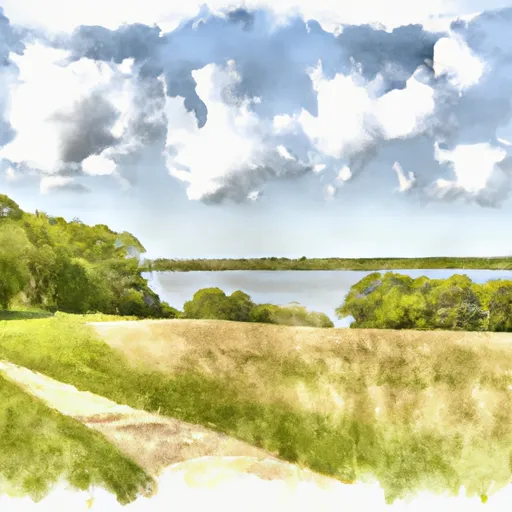°F
°F
mph
Windspeed
%
Humidity











Schleswig is a small town located in Crawford County, Iowa. The climate in Schleswig is classified as humid continental, characterized by warm summers and cold winters. Average summer temperatures range from 70°F to 85°F, while winter temperatures can drop as low as 10°F to 20°F. Precipitation is relatively evenly distributed throughout the year, with an average of around 30 inches annually.
As for hydrology constituents, Schleswig is situated near several rivers and creeks. The Boyer River flows just west of the town, providing opportunities for fishing, boating, and other water activities. Other nearby water bodies include Otter Creek and Willow Creek, offering scenic spots for hiking, wildlife observation, and picnicking.
Outdoor recreation opportunities in Schleswig are abundant. The town is home to a well-maintained city park, equipped with playgrounds, picnic areas, and sports fields. Schleswig is also surrounded by beautiful countryside, which is perfect for activities like hiking, biking, and birdwatching. Additionally, the nearby Crawford County Conservation Board manages several parks and wildlife areas, providing further opportunities for outdoor enthusiasts.
In summary, Schleswig, Iowa offers a pleasant climate with distinct seasons, various waterways for recreational activities, and ample options for outdoor pursuits, making it an appealing destination for nature lovers and adventure seekers.
Weather Forecast
Schleswig receives approximately 795mm of rain per year, with humidity levels near 84% and air temperatures averaging around 9°C. Schleswig has a plant hardyness factor of 5, meaning plants and agriculture in this region thrive during a short period during spring and early summer. Most plants will die off during the colder winter months.
Regional Streamflow Levels
24,000
Cubic Feet Per Second
149
Cubic Feet Per Second
58
Cubic Feet Per Second
28
Cubic Feet Per Second
Nearby Camping
| Camping Area | Reservations | Toilets | Showers |
|---|---|---|---|
| Pottawattamie County Fairgrounds | |||
| Carson City Park | |||
| Botna Bend County Park | |||
| Pierce Creek Rec Area | |||
| Lyons Park | |||
| Nishna Bend Rec Area |



